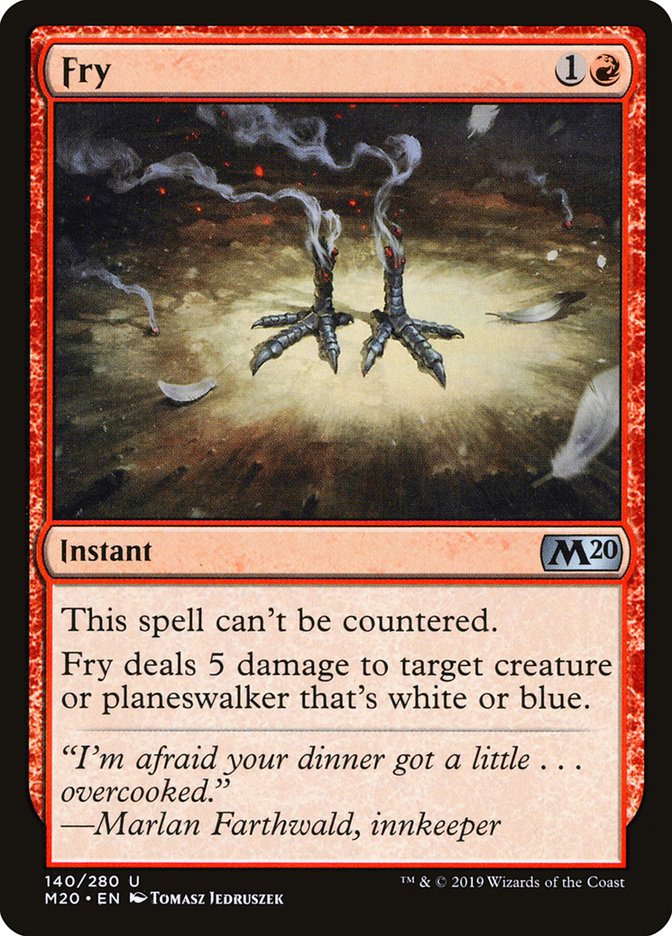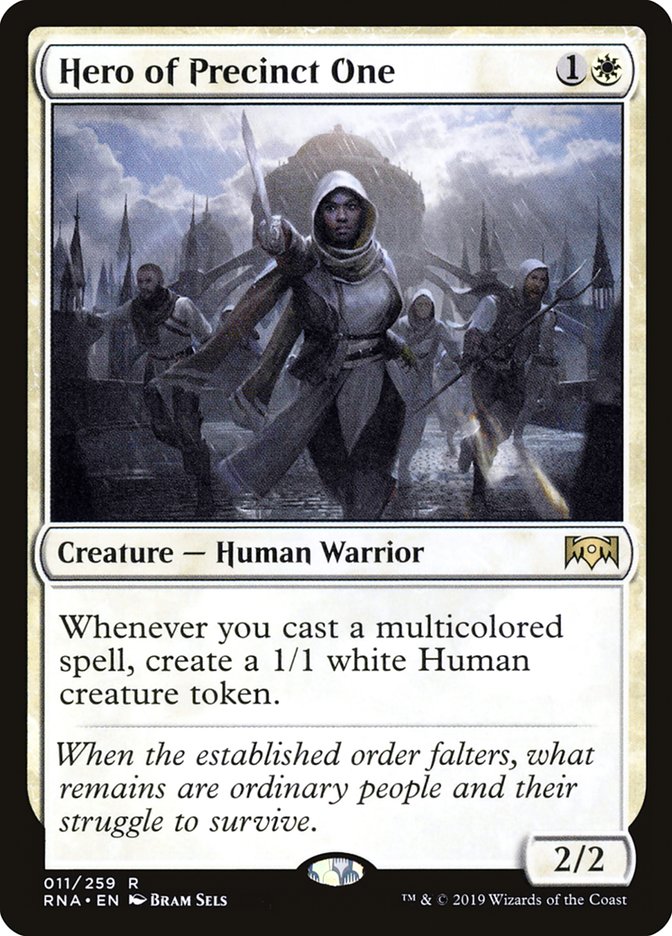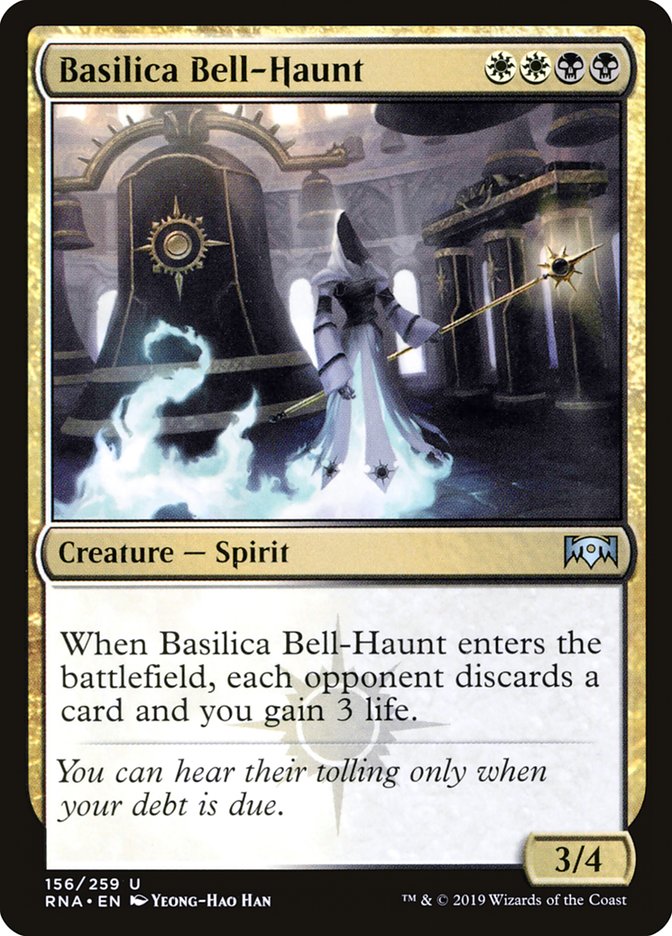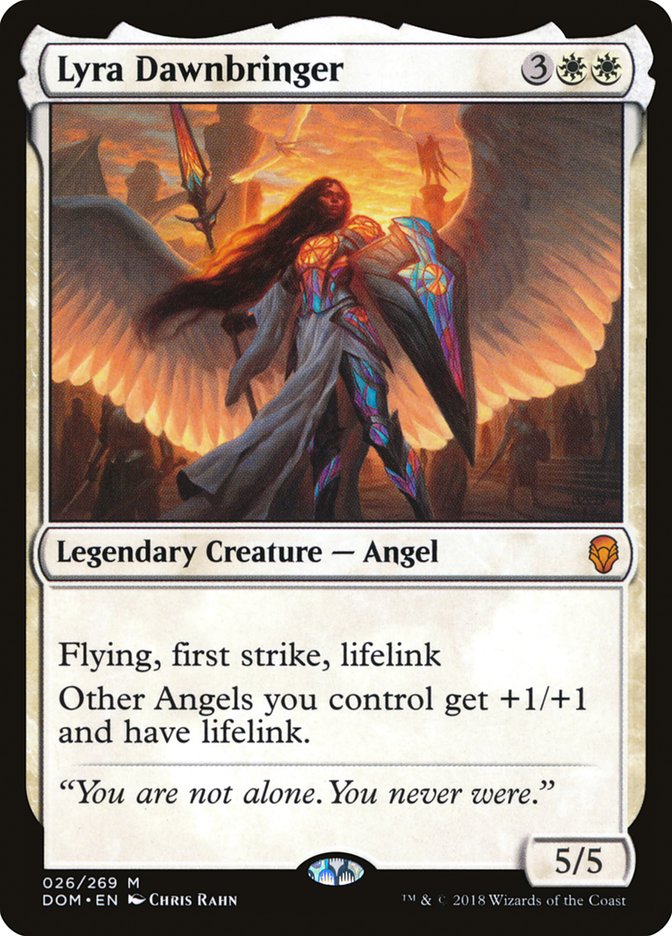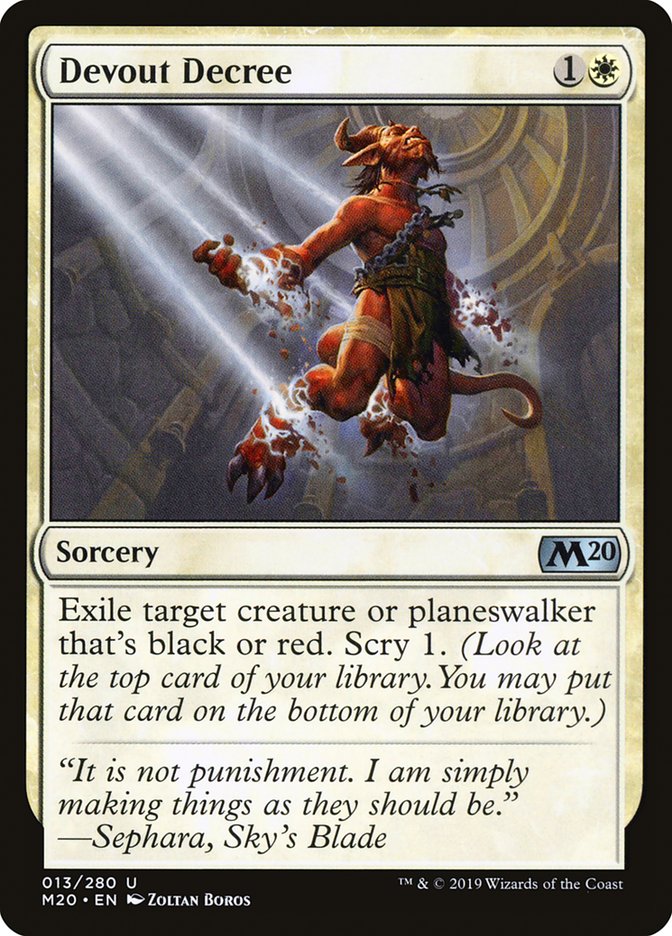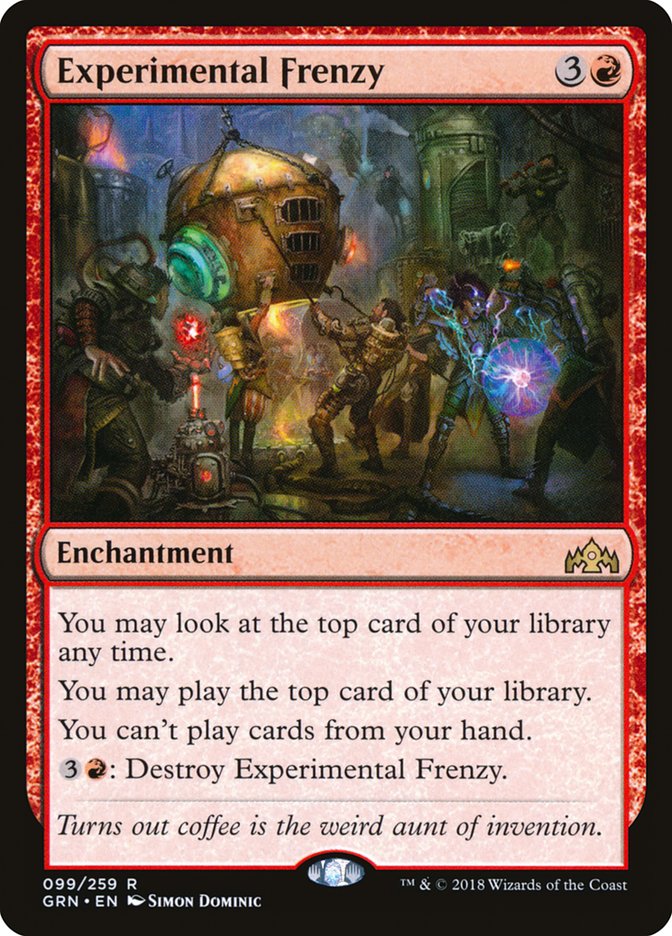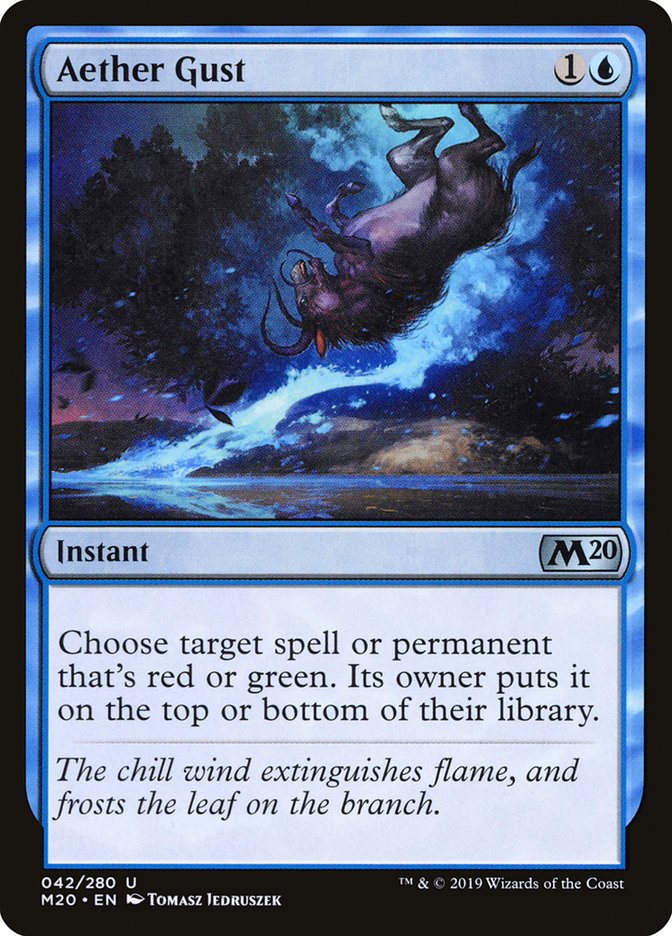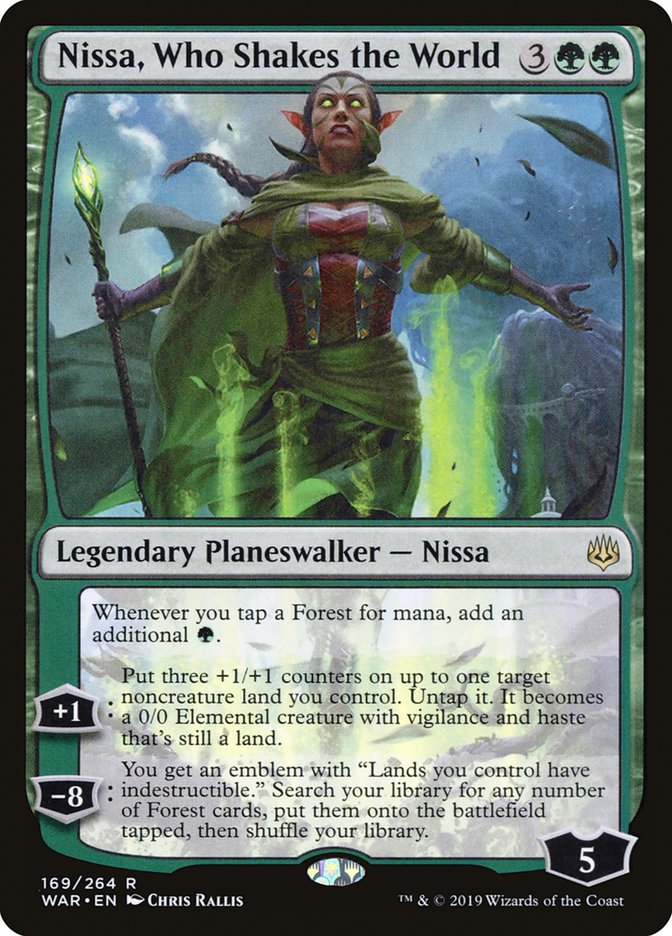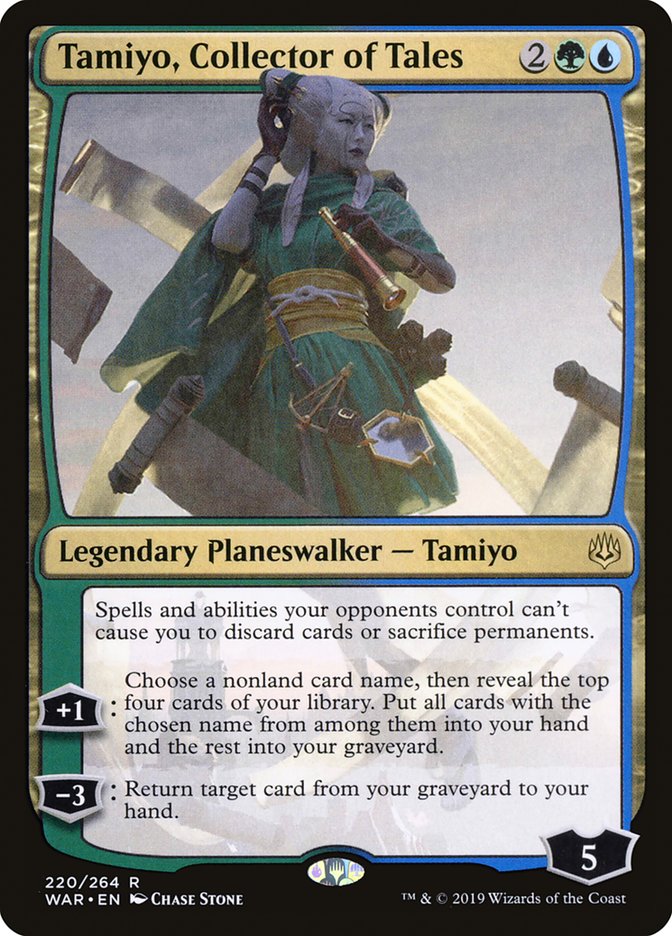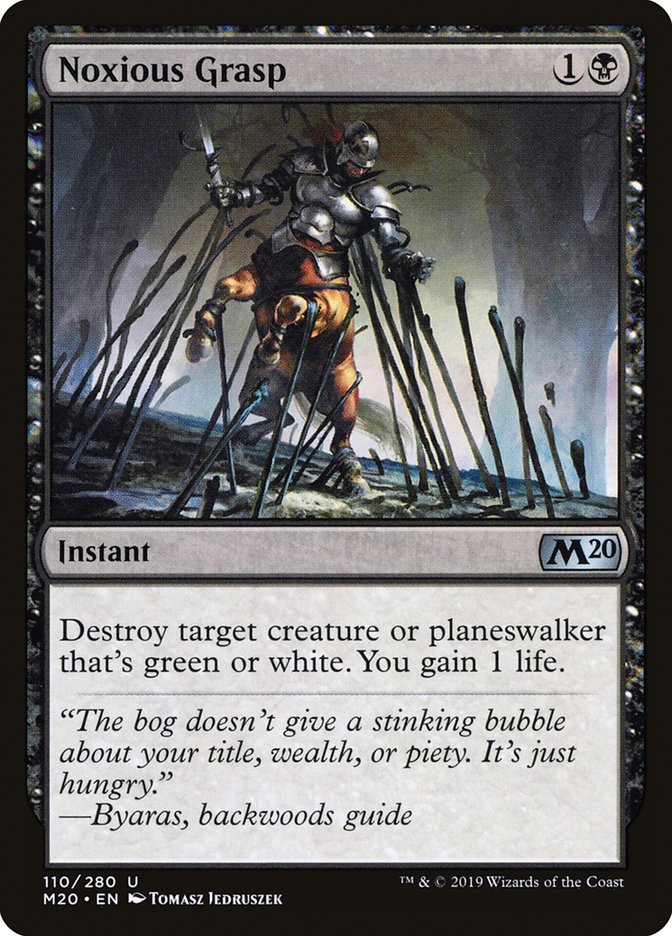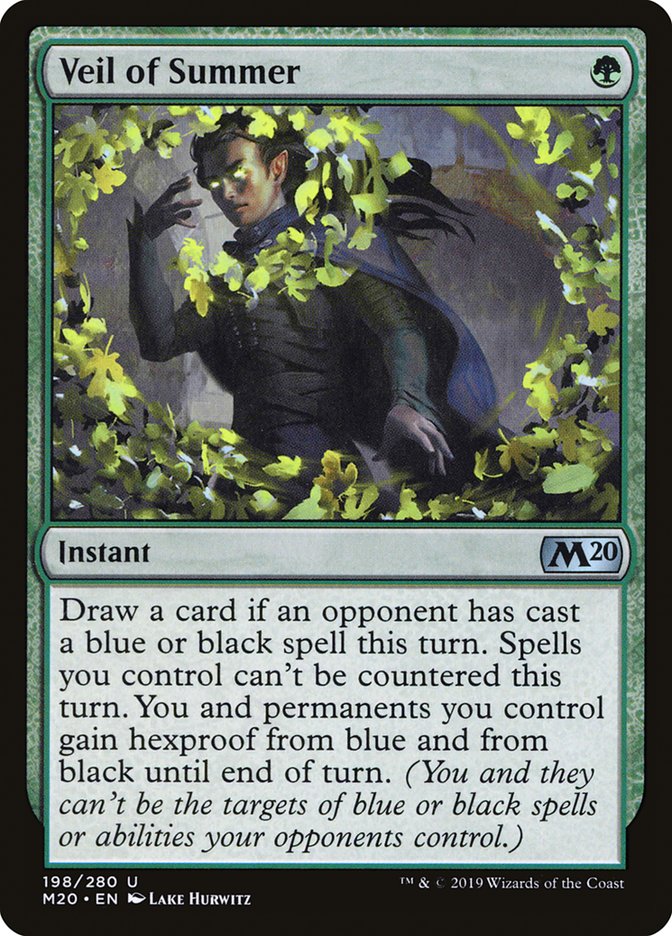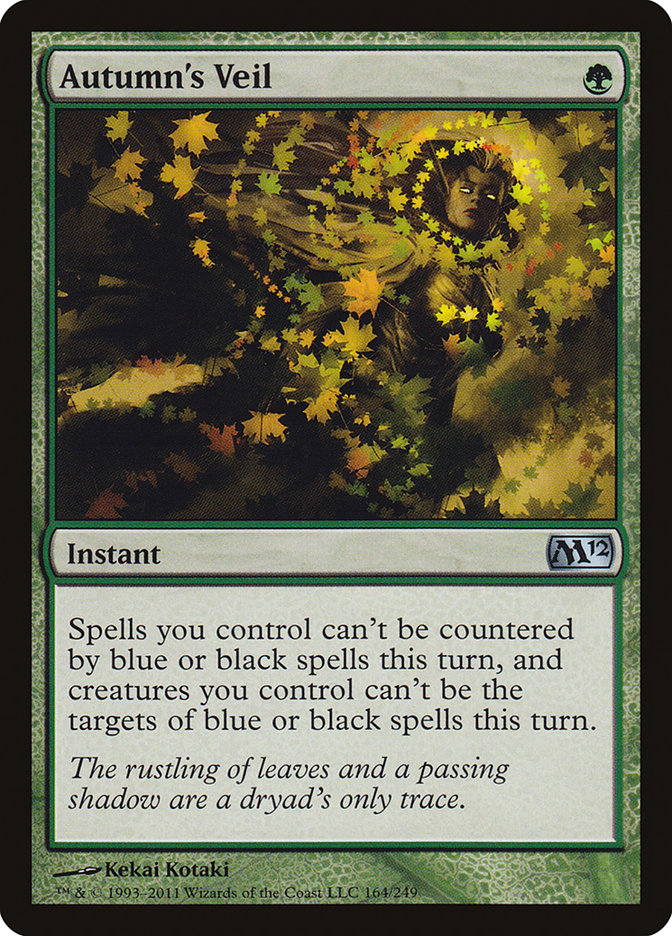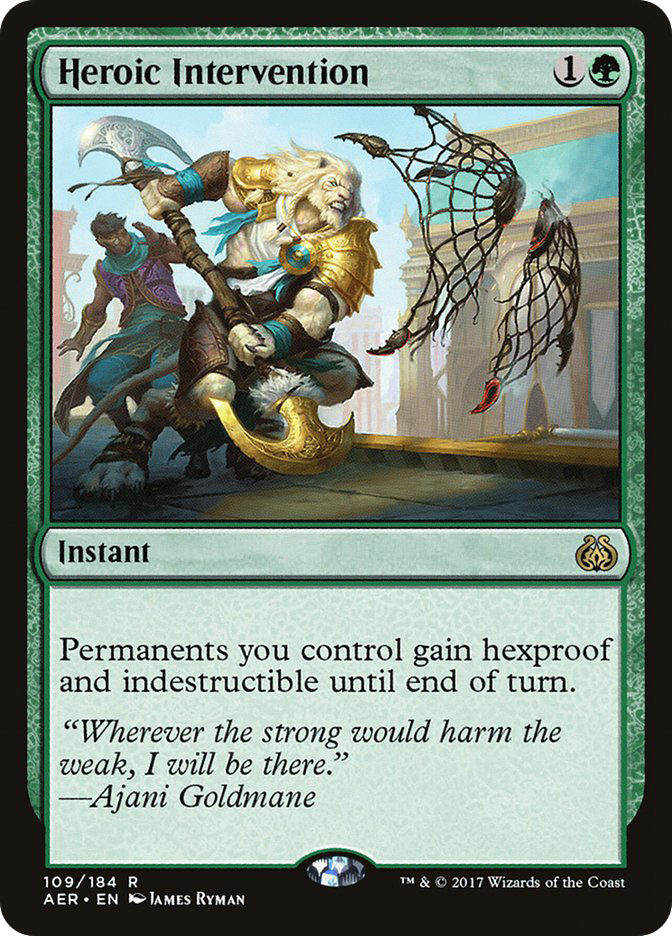Color hosers have been around since the beginning of Magic. And while we may not get effects as powerful as Red Elemental Blast and Chill, more recent hosers like Celestial Purge and Deathmark have been important cards in Standard and sometimes leaked their way into Modern.
Outside of extreme metagame conditions, these cards only see play in sideboards, but they are such powerful effects that they can still have significant impact on how decks are built. The cycle of color hosers in Core Set 2020 will all see play during their life in Standard, though how much is obviously dependent on how the various metagames in which they’re present play out.
The last time we saw color hosers in Standard was the Defeat cycle in Hour of Devastation, and with those only affecting one color, they weren’t nearly as powerful as this current cycle, each of which targets the two enemy colors of its color identity.
Core sets rarely have a sizable impact on Standard, given that the format is at its largest in the summer and the established decks are quite powerful and well-tuned, so expecting this preview season to bring something paradigm-shifting into Standard is overly optimistic, but this cycle will have a significant impact for the last months of this format and after the fall rotation, so let’s look at each card individually to assess what that impact might be.
Fry
Of the five, Fry is the color hoser I expect to have the largest immediate impact, in part because Mono-Red Aggro is already a common deck and also because Esper Hero and Esper Control are two of the most successful decks in the metagame.
But beyond the mere colors of these decks, Fry matches up cleanly against the threats in the Esper decks. From the creatures like Hero of Precinct One, Basilica Bell-Haunt, and Hostage Taker to the various planeswalkers, Fry answers every threat. With the amount of card advantage present in the red deck, playing a healthy number of reactive cards is perfectly fine, turning the red deck even further into a midrange deck after sideboarding.
The same can be said for Izzet Phoenix, which can play its own planeswalkers and Finale of Promise to hang with the traditional midrange and control decks well into the late-game, so long as Teferi, Hero of Dominaria doesn’t get out of control.
The card that has traditionally allowed the Esper decks to ignore this attrition fight and take over any game is Lyra Dawnbringer, and Fry handles that one, too. Red decks have played Collision and Izzet decks Beacon Bolt just to have a clean answer to the powerful flyer, and Fry replaces all of that nonsense. We’ve already seen Esper decks move toward Enter the God-Eternals as a more reliable and immediately impactful source of lifegain, and I expect that to continue now that Lyra Dawnbringer can be so easily removed.
Of course, there’s the question of where the space for the new removal spell will come, and I have to imagine it comes at the expense of Lava Coil and more expensive spells like Fight with Fire and Beacon Bolt. Should the number of Lava Coils decrease as players look to target Esper decks then it might be time to play more Wildgrowth Walkers and Rekindling Phoenixes.
As for post-rotation, Fry should continue to be a major player even with Teferi, Hero of Dominaria rotating. Planeswalkers will continue to play an oversized role in Standard so long as War of the Spark is around, and Fry is the most efficient answer to them for red decks. Unless Cavalier of Dawn takes over white decks, Fry will be the go-to when the red decks slow down after sideboarding.
Devout Decree
Given that Celestial Purge has been a sideboard staple in Modern for years, it’s fair to say that Devout Decree is the color hoser with the best pedigree. There are also some obvious targets for the card in the current metagame, namely Rekindling Phoenix, Arclight Phoenix, and Chandra, Fire Artisan.
However, Devout Decree misses on the most important red permanent in Standard, Experimental Frenzy. Given that the three cards above are all covered by Despark, I find it hard to see where Devout Decree edges out the multicolored card.
After a brief flirtation with Chandra, Fire Artisan, red decks have settled back into playing the full four copies of Experimental Frenzy, simply one of the most uniquely powerful effects for red aggro decks ever printed. Chandra has found her way into the deck in smaller numbers, but Frenzy is the big-ticket item of the pair. Having a removal spell for the deck’s larger threats that also handles the early creatures is valuable, but not at the expense of missing out on Experimental Frenzy.
Unfortunately, Devout Decree is going to live its entire Standard life alongside Experimental Frenzy, which will severely limit its playability against red decks. Unless it gains a lot of black targets, which is certainly possible with powerful printings like Dread Presence, Devout Decree will be sitting on the sidelines despite its powerful predecessor.
Aether Gust
Gruul has pretty quickly fallen off from its height some weeks ago, and if it ever comes back around, this is the first card to answer it. Wowza, is this card good against…basically everything that deck does. It’s a two-mana answer to every threat sans Nullhide Ferox, and it can protect your key threats or planeswalkers from their removal. It even stops an uncounterable Banefire if they go that route.
But Gruul isn’t around in large numbers, so where is the motivation to play Aether Gust in current Standard? I’d say the sideboard of Izzet Phoenix, since it gives the deck a real answer to Experimental Frenzy that, like Negate, covers you against burn spells once you turn the corner.
I could also see Aether Gust as an option against the various Nissa, Who Shakes the World-fueled ramp decks, though that’s a harder sell since the card doesn’t answer any of the ramp payoffs. It’s solid early to keep them off acceleration while doubling as an answer to both Nissa and Tamiyo, Collector of Tales.
In that specific matchup, such a dual purpose is quite valuable, but you only have so much space for early removal spells, and those cards need to help against aggressive decks. As long as Mountains are dominant among aggressive decks, Aether Gust is flexible enough to see play, but if white aggro decks come back or some other archetype arises, then it becomes untenable to use your cheap removal slots targeting the ramp decks.
Of course, when playing Aether Gust, you have to decide how much downside there is in your opponent being able to put the target on top of their library. The more pressure you’re able to put on your opponent the less downside, there is in having the threat recur, especially if it’s a planeswalker. But if you’re trying to play a long, attrition-oriented game, then having a permanent answer to various threats is more important.
Noxious Grasp
Very similar in effect to Devout Decree, but I’d generally prefer the instant speed and life point to the scry on the white card. There are some obvious applications here in the Esper mirrors, answering all three of Hero of Precinct One; Teferi, Time Raveler; and Teferi, Hero of Dominaria. Noxious Grasp also answers virtually every threat in the Command the Dreadhorde decks and is obviously an ace against the white aggro decks.
The limiting factor for now is actually which decks it can slot into. It’s only the Esper and Dreadhorde decks that are playing black anyway, so we’re mostly seeing this one in mirrors.
Is this a powerful enough card to let Grixis decks compete with the other midrange archetypes? I doubt it, since the hole in Grixis decks is having either a cheap threat on the level of Hero of Precinct One to take a proactive role or a sweeper on the level of Kaya’s Wrath to catch up from behind.
So for now, this is a card that sees play without doing much to affect the texture of the format, since it only helps decks defeat themselves, but black decks looking for a versatile answer to various planeswalkers like Teferi, Time Raveler and Nissa, Who Shakes the World that sneak by their discard spells will be looking to this for the entirety of its time in Standard. The Elderspell may be more powerful, but you can only play so many copies of such a narrow effect, and Noxious Grasp will be valued for its versatility.
Veil of Summer
This is the trickiest card to evaluate because it’s significantly more powerful than its predecessor, Autumn’s Veil. The latter saw very little play in Standard because narrow effects that protect your threats from removal and/or counterspells are generally worse than simply increasing your own threat density. The upside of when you tempo their removal with your one-mana spell feels great, but it requires everything to line up well with your draw when running them out of removal with a constant stream of threats will often do the job, and these cards are terrible topdecks in a longer game.
We’ve seen many of these cards over the years, from Autumn’s Veil to Heroic Intervention, and they always underperform. However, any such effect that can be cast proactively for value becomes leagues better because you eliminate the issue of being a poor topdeck. Cards like Unbreakable Formation and Rootborn Defenses saw significantly more play for this reason.
Veil of Summer is tricky because it doesn’t neatly fall into either of these categories. You can’t cast it proactively like Unbreakable Formation, but when you draw it off the top, it’s not difficult to find a spot to at least cycle it for one mana, so its floor is not nearly as low as that of Autumn’s Veil and Heroic Intervention.
Unfortunately, I think the decisive factor in Veil of Summer’s fate is the existence of Teferi, Time Raveler. Finding that window to cycle a topdecked Veil of Summer is much harder when you’re operating at sorcery speed, and often you’ll be sadly cycling the card after your threat is countered. Teferi, Time Raveler’s stock may drop when its big brother rotates, but I wouldn’t count on it.
Outside of the influence of Teferi, I think Veil of Summer would be enough of an upgrade on Autumn’s Veil to see significant play. Not only is its floor higher, but it matches up well against Thought Erasure, especially on the draw. You’re able to steal so much initiative against decks that look to use their discard to poke a hole in your curve, while the cantrip helps ensure you’ll make enough land drops and curve out smoothly.
In a general sense, the existence of these spells pushes players away from playing friendly color pairs and towards enemy colors, so you’re not too vulnerable to any of them. Combined with the introduction of enemy Temples, we could see a late push towards those color pairs in Standard over the next few months.
Preview season is often a crapshoot, and Magic’s history is littered with overhyped cards that fell flat (ahem, Aurelia’s Fury) and unheralded cards that turn out to be all-stars. But color hosers are among the safest bets to see Standard play. While I may see a bleak future for some cards in the cycle based on what cards we have now, we’re going to see several new sets over these cards’ lives in Standard, so I wouldn’t be surprised if all five are players at some point or another in the next year and change.


